Communicate confidently
Top Tip: Be yourself
You’re unique, so be proud of who you are and what you want to say. Write down all the things you enjoy doing at school, at home or with friends. List your achievements, big or small, as well as what you would like to achieve in life. Be authentic when you communicate your ideas, opinions and life experiences with others.
Top Tip: Make good eye contact
People will engage more if you make eye contact with them. Imagine your audience as one big garden and that you are watering flowers in different parts of the garden with your eye contact. Share your eye contact with individual people in the room as you speak to them about your topic, to connect and build rapport.
Top Tip: Structure your thoughts
Decide on a subject that you are going to talk about for 1 minute. Plan in your mind a simple structure about this topic e.g. PEP. Position, Example, Position. Open with your position, making a clear point about your opinion on this topic. Expand upon this point, explaining and giving clear examples then finish with a strong concluding position.
Top Tip: Keep it simple
Make sure your content is relevant for your audience. Start with a clear opening to get your audiences attention, followed by the main body of your speech made up of 3 main points. Summarise and conclude with a memorable ending. Avoid complicated language and choose key words that will make it easier for the audience to take away your message, and for you to remember.
Top Tip: Project your voice
Stand upright, take an inhale and exhale breath and feel the movement in your belly, moving in and out. Count or say a whole sentence in a single breath. Try singing happy birthday all on one breath. Relax the back of your throat and without pushing your voice, aim your voice towards the back of the room and fill the room with sound.
Top Tip: Speak from the heart
Include your own true stories, relevant anecdotes or heart-felt, personal experiences to make your content more accessible and memorable. Be open, honest and sincere in your delivery. Share your passion and enthusiasm for your topic and speak with conviction about why this matters to you. Extend your feelings outwards, using your voice and body language, to build a deeper connection with your audience.
Top Tip: Pitch, pace, power…pause
Take a few deep breaths and be aware of slowing down the pace of your speaking. Talk about a subject you know about for one minute without using any ums, ers or filler words. Whenever you find yourself about to make an um or er, make yourself pause instead and then carry on speaking.
Top Tip: Be animated
Use non-verbal communication or body language to show confidence, interest and enthusiasm. Stand tall and proud with feet slightly apart. Lift and open your chest and breathe freely, keeping your arms relaxed with palms open. Smile and connect with your audience. Keep movements to a minimum when speaking but feel free to walk with direction and purpose.
Top Tip: Keep to time
Live talks can take slightly longer than when you practise, due to nerves and audience reactions, so aim to go slightly under the time you are given to speak. Set a timer that you can see and as you speak, note down the time that each segment takes e.g opening, 3 main points and ending. This way you won’t rush towards the end to fit everything in.
Top Tip: Practise, practise, practise
Take every opportunity to rehearse and share your speech with a friend, members of your family or a small group at school. Record yourself on your phone so you can evaluate your own performance. What did you do well? What could you improve to make your speech even better? Practise helps to fix the sequence of your speech in your mind, estimate the timing and see what needs revising ahead of delivering your speech.


















